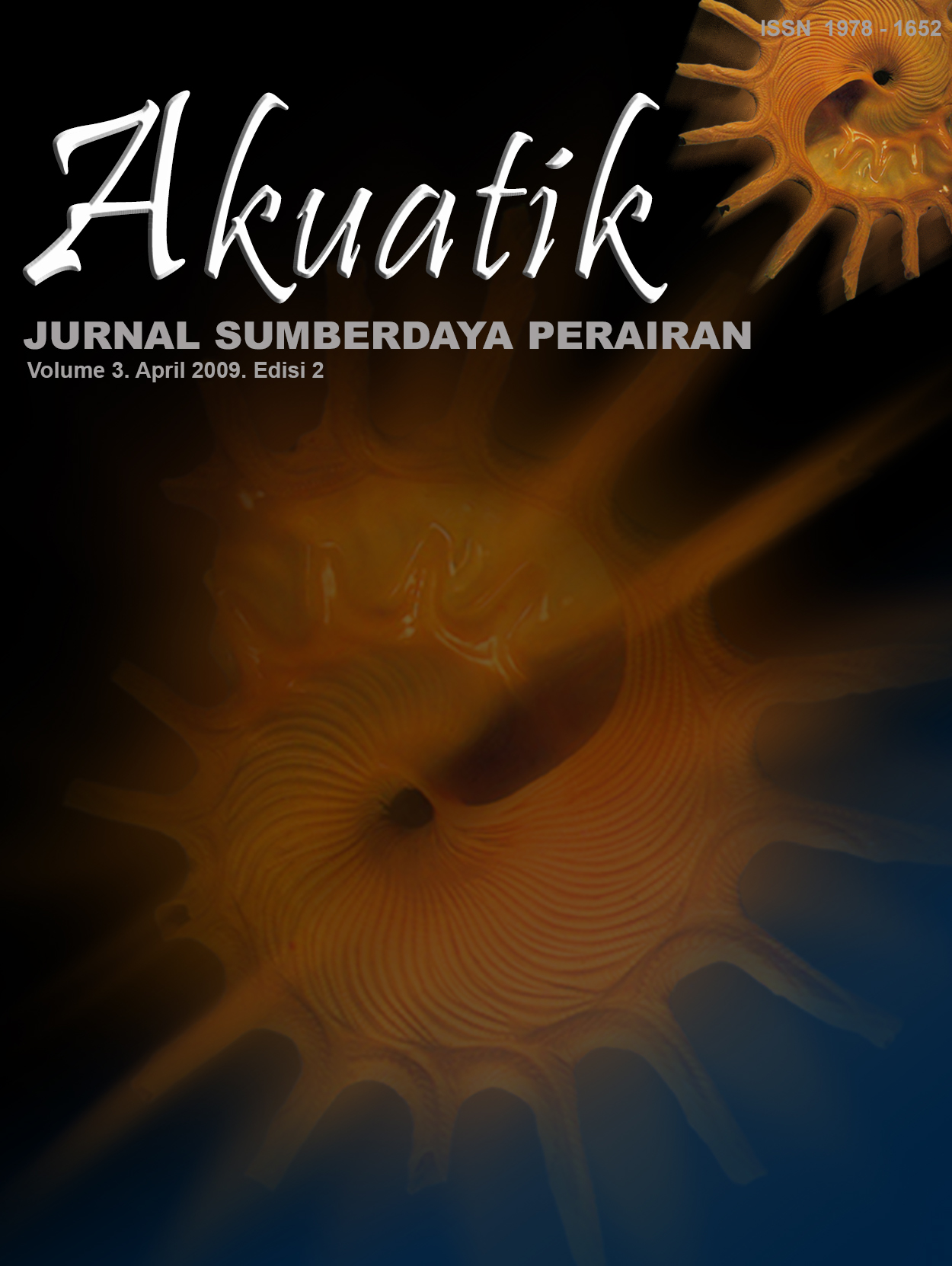ANALISIS KONDISI MANGROVE DI PANTAI TIMUR OGAN KOMERING ILIR (OKI) PROVINSI SUMATERA SELATAN MENGGUNAKAN DATA CITRA LANDSAT TM
The Analysis of Mangrove Density at the Ogan Komering Ilir (OKI) East Coast in the South Sumatera Province Using LANDSAT TM IMAGES
Keywords:
Landsat TM Satellite Data, Mangrove, OKI East Coast, Wide ChangingAbstract
Decreasing of mangrove area at the OKI east coast in the South Sumatera Province caused by the conversion the mangrove area for fish pond. The purpose of this research to analyzing the mangrove condition and its wide changing using Landsat TM satellite data. This observation is conducted on 13 to 16 May 2006 at the Lumpur River in the OKI Regency. The analyzing of the Landsat TM Satellite Data is conducted on 22 May to 13 June 2006, this research is using survey method, tracking up the sample of mangrove to be identified its species and mangrove land-cover analysis using multitemporal Landsat TM satellite data (1992, 2000 and 2003), supervised classification and density classification using NDVI formula. The results of this research showed that the mangrove species which dominate at the OKI east coast are Avicennia sp. (api-api), Sonneratia alba, Rhizopora sp., Bruguiera and Nipah. The distribution and mangrove land-cover are decreasing, cause of conversion in 11 years (1992 to 2003). The decreasing of mangrove area is escorting by increasing of living area and open-land, also the appearing of new class, fish-pond. Total mangrove area at OKI east coast on 1992 is 56.418,57 ha, 8 years later (2000) less became 47.781 ha, then on 2003 its just 32.021,64 ha.
Downloads
Downloads
Published
Issue
Section
License
Under this license, others are permitted to share (copy and redistribute the material in any medium or format) and adapt (remix, transform, and build upon the material) for any purpose, including commercial use. Appropriate credit must be given to the original authors, a link to the license must be provided, and any modifications or derivative works must be distributed under the same license. This condition ensures that the original work and all derived content remain openly accessible under identical terms.




